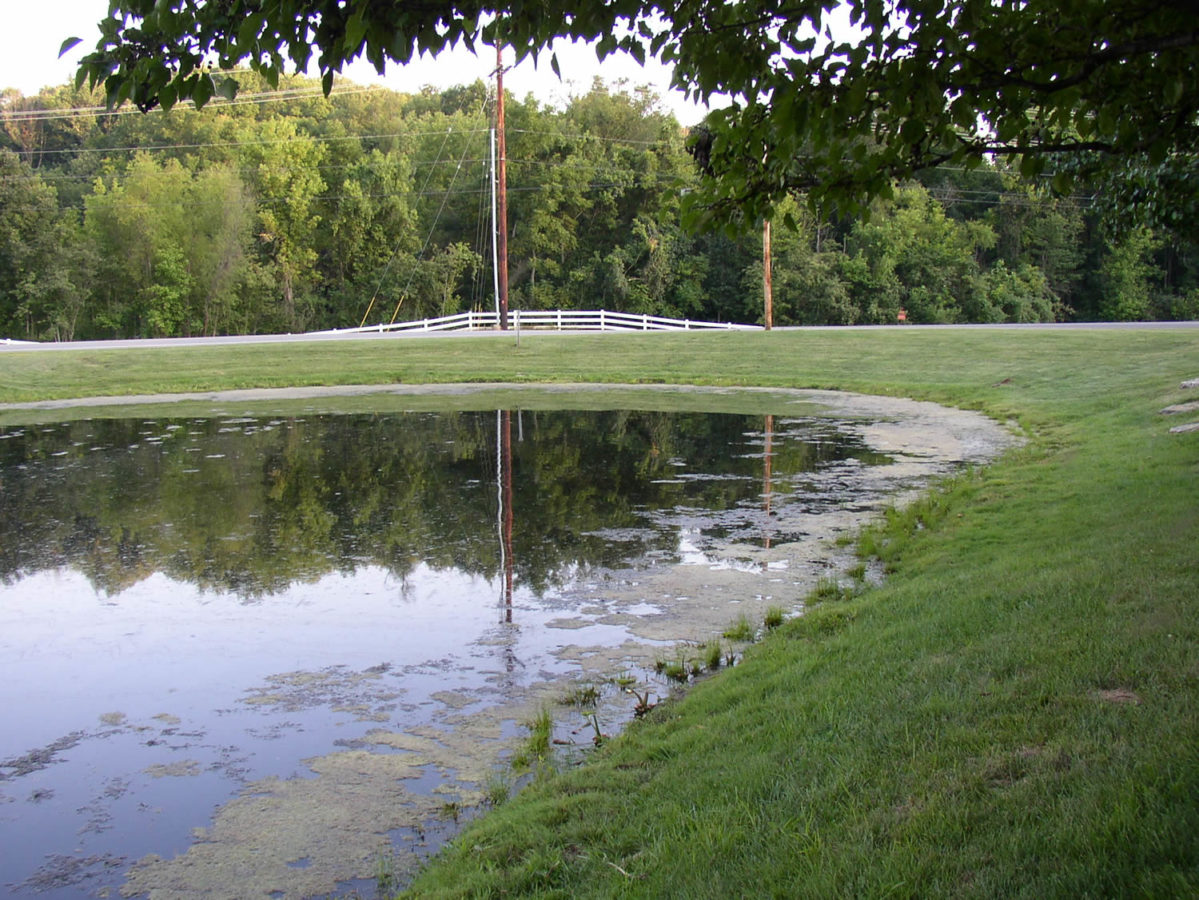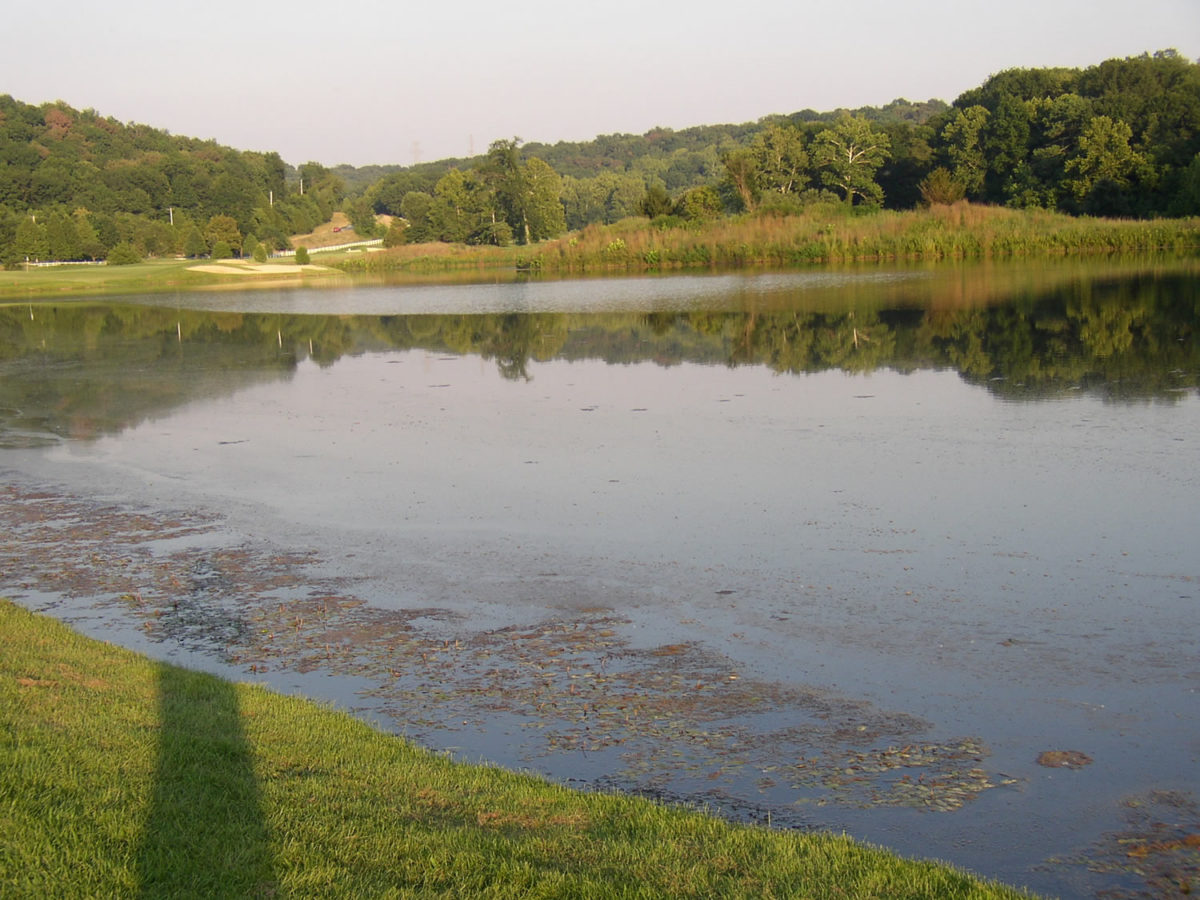Algae can be a problem for a lot of pond owners. It can even grow on the bottom in late winter, early spring when you think it should be dormant. It can be controlled with algaecides but the best option is to prevent it with a combination of pond dyes, aeration and supplemental microbes.
Types of Algae:
Algae often floats on the top of your pond and appears to be in mats. Usually, many forms of algae grow on the bottom then rise to the surface over time. Before you treat it, it’s important to understand the different forms of algae and how they live in your pond’s ecosystem.
There are three common types of algae found in North American ponds:
- Filamentous Algae. Most commonly called pond moss, moss, pond scum or string algae. This algae starts growing on the bottom then floats to the surface where it forms a mat. This can easily cover a large part of your pond and makes it extremely difficult to fish or swim in.
- Planktonic Algae. These are floating microscopic plants that are usually floating on the surface and can be green, blue-green and or brown in color. Forms of planktonic algae, especially the blue-green kind can be toxic to both people and animals if not controlled. Most planktonic algae is beneficial and are an important part of the aquatic ecosystem. They also produce oxygen and food for the animals that live in your pond.
- Chara. This form of algae grows on the bottom and looks very similar to a plant called Naiad. It doesn’t have any flowers or true leaves. You can tell it’s chara by its strong musky odor when crushed.
Why do you have Algae?
Algae is a life form and is very dependent on both sunlight and nutrients to grow. If your pond has runoff coming into it that carries Nitrogen or Phosphorous from farm fields, golf courses, yards and anywhere else that might be carrying fertilizer, then you’re probably going to have algae. It also likes shallow water and abundant sunlight. Older ponds that have black organic matter on the bottom are also prone to algae as that organic matter releases nutrients as it decomposes.
How do you Treat Pond Algae?
- Liquid Algaecides. Floating mats of algae and planktonic algae are usually treated with a liquid product, like Cutrine Plus, which is a liquid copper based product that is sprayed over top of the algae to provide control.
- Granular Algaecides. Bottom growing algae like some filamentous algae and chara can be tough to control unless you apply a granular product directly to the algae. Cutrine®-Plus granular is a good option for this as the granules will sink and come into contact with the algae on the bottom.
Can you be Proactive and Prevent Algae?
The answer is yes. The best way to prevent an algae problem or to at least minimize it is to be proactive. By using a combination of pond dye to shade the water, all natural microbes and sub-surface aeration, you can work on the problem vs. just putting a band aid on it. By changing your pond to aerobic vs. anaerobic, you start to break down excess nutrients which feed the algae. Adding microbes and dye further helps the situation.
Outdoor Water Solutions is one of the leading companies in the pond industry and sells a full line of pond microbes including the Lake & Pond Bacteria and the Lake & Pond Muck Pellets. We also have super concentrated blue dye and multiple aeration options including electric, solar and wind powered. Please email or call us at 1-866-471-1614 and we can provide you with a detailed quote.




